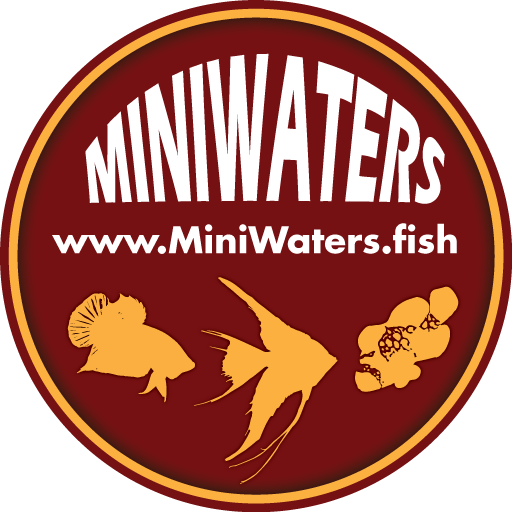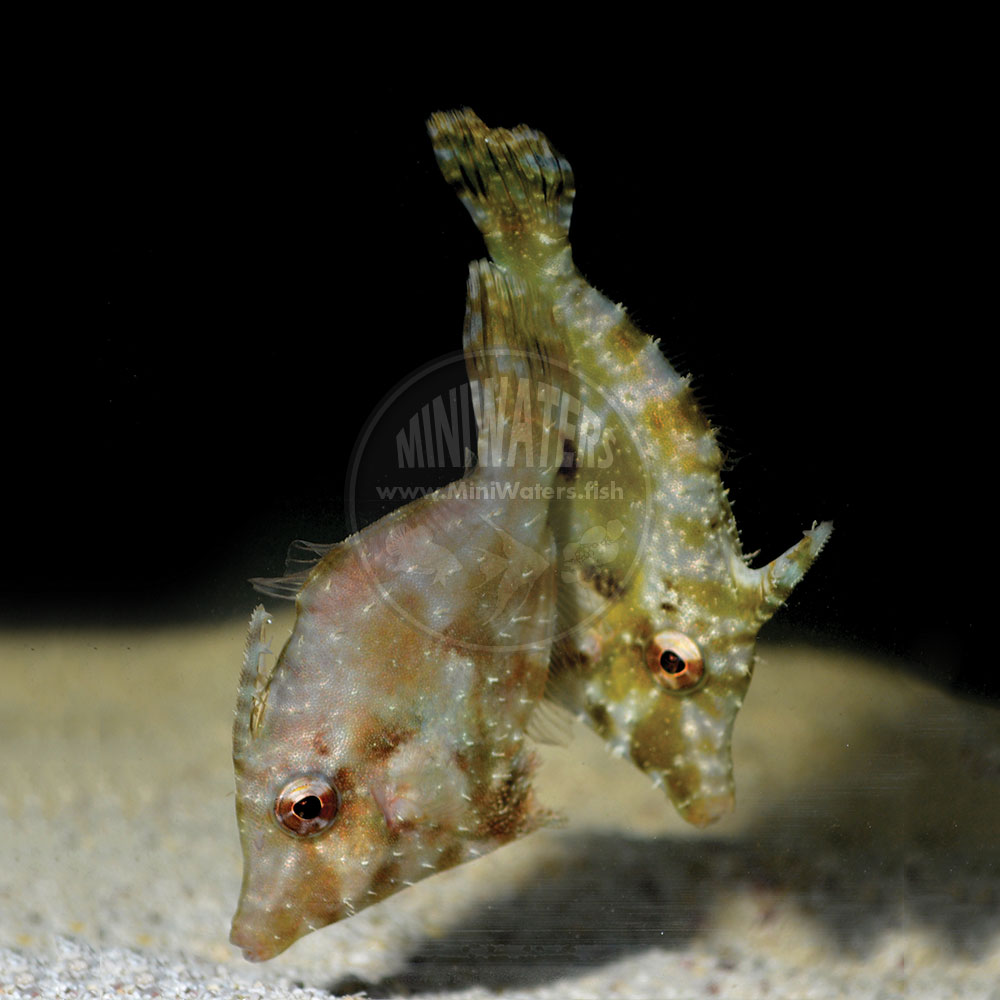Acreichthys tomentosus “Aiptasia-eating Bristletail Filefish”, Captive Bred
Price range: $45.00 through $59.00
Yes, we have captive-bred Bristletail Filefish for sale! No wild-caught individuals here. These fish are produced by both ORA and Biota Palau, and both are available somewhat regularly, so if you had a preferred vendor (or if you were trying to create unrelated pairings of juvenile fish, we could certainly help in that department). Their reputation as Aiptasia-eaters is well deserved, but they’re not without their risks. Read more about this stunning species below:



